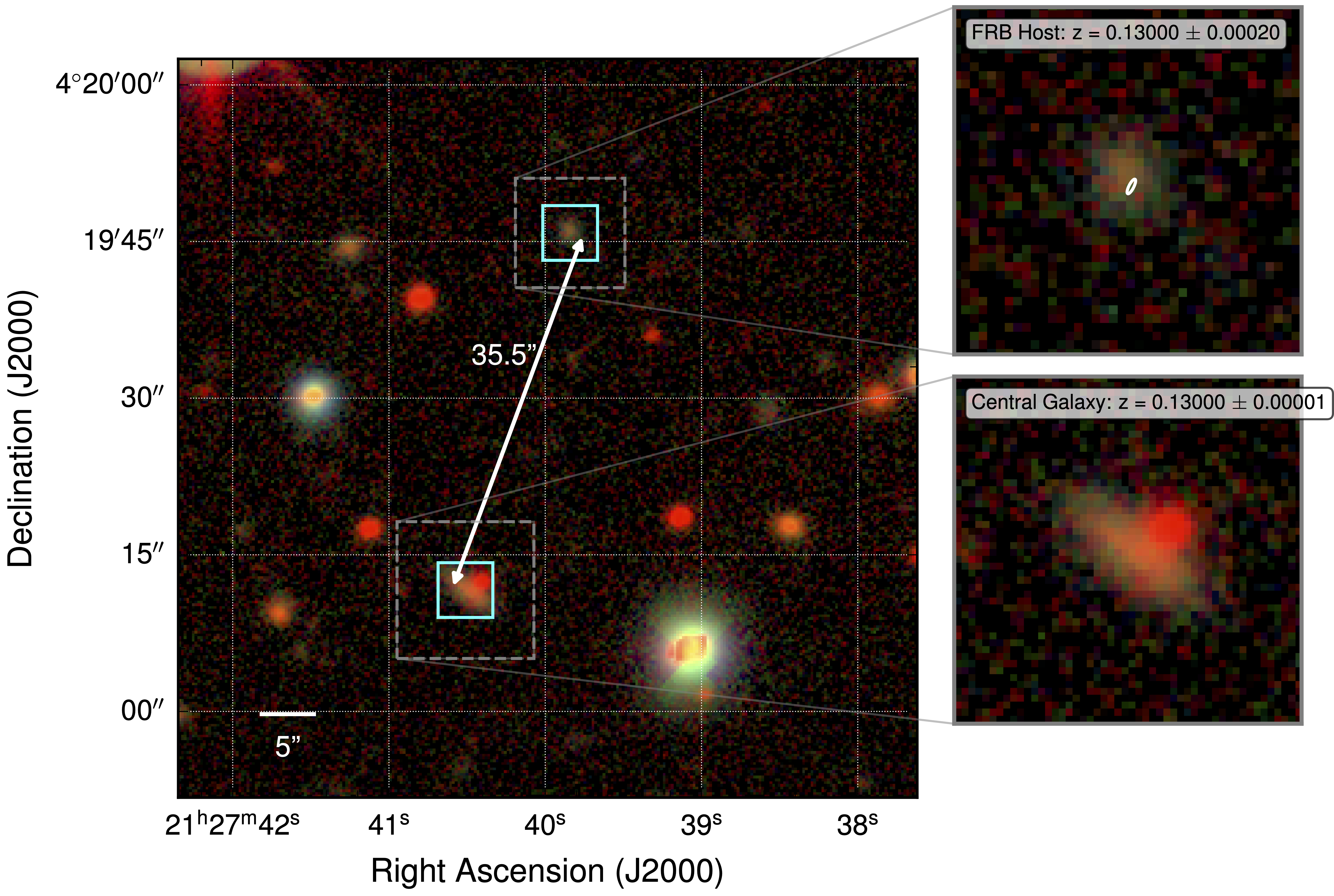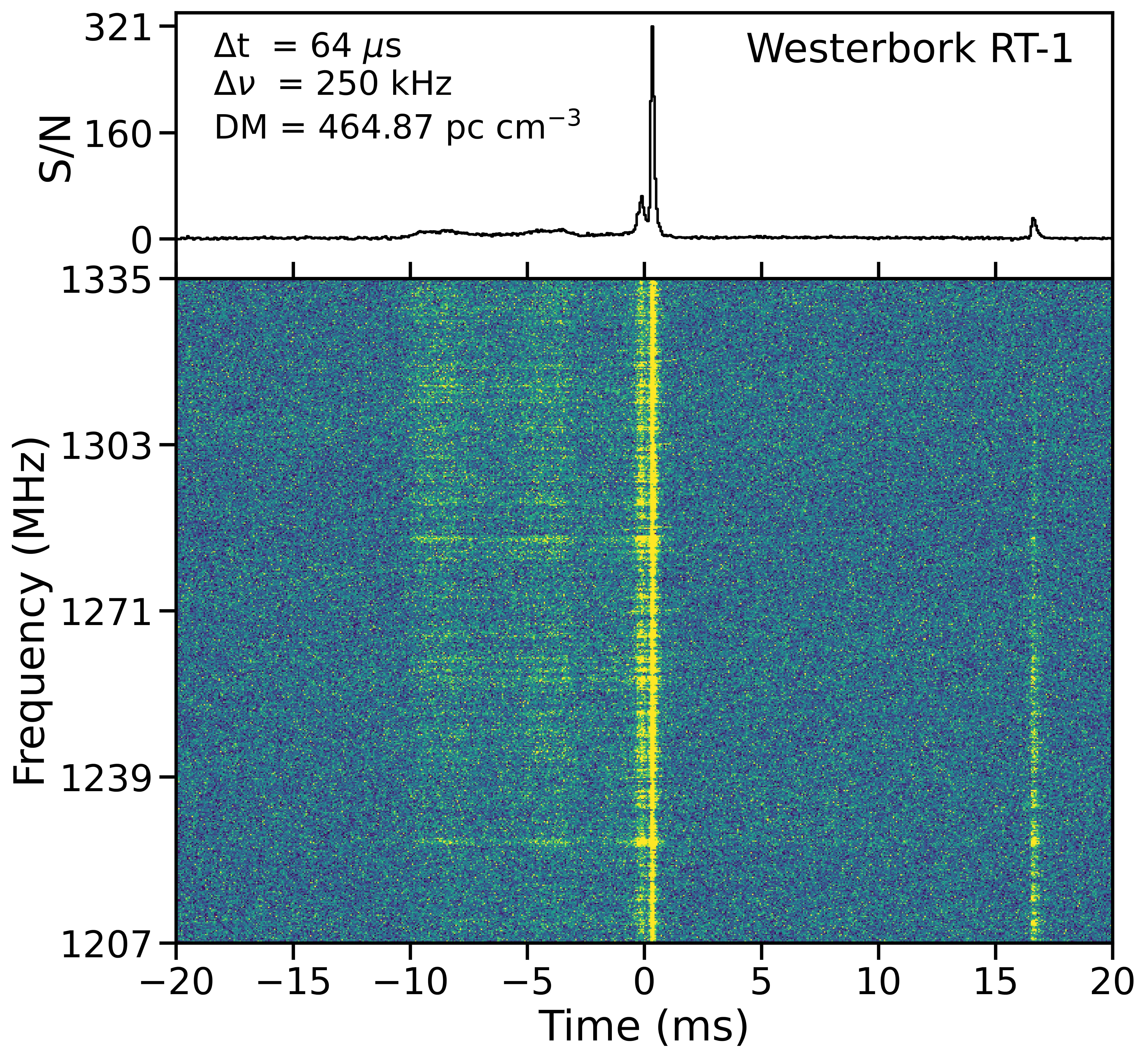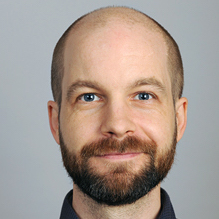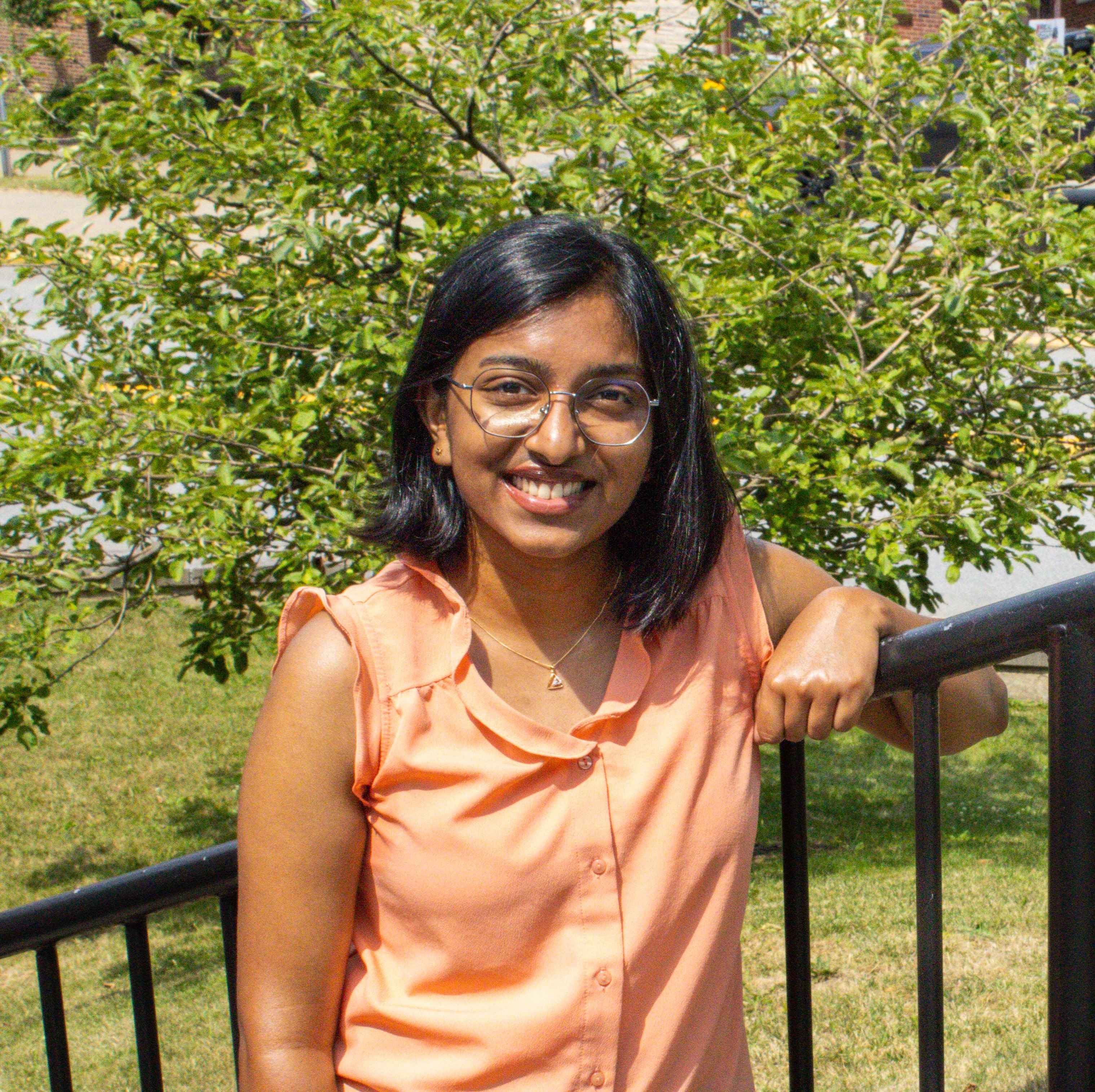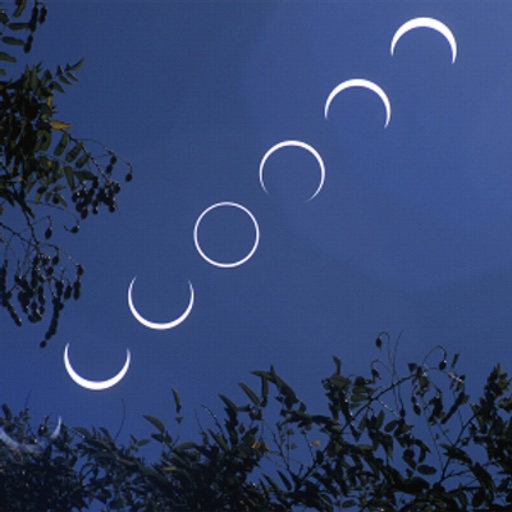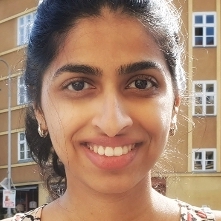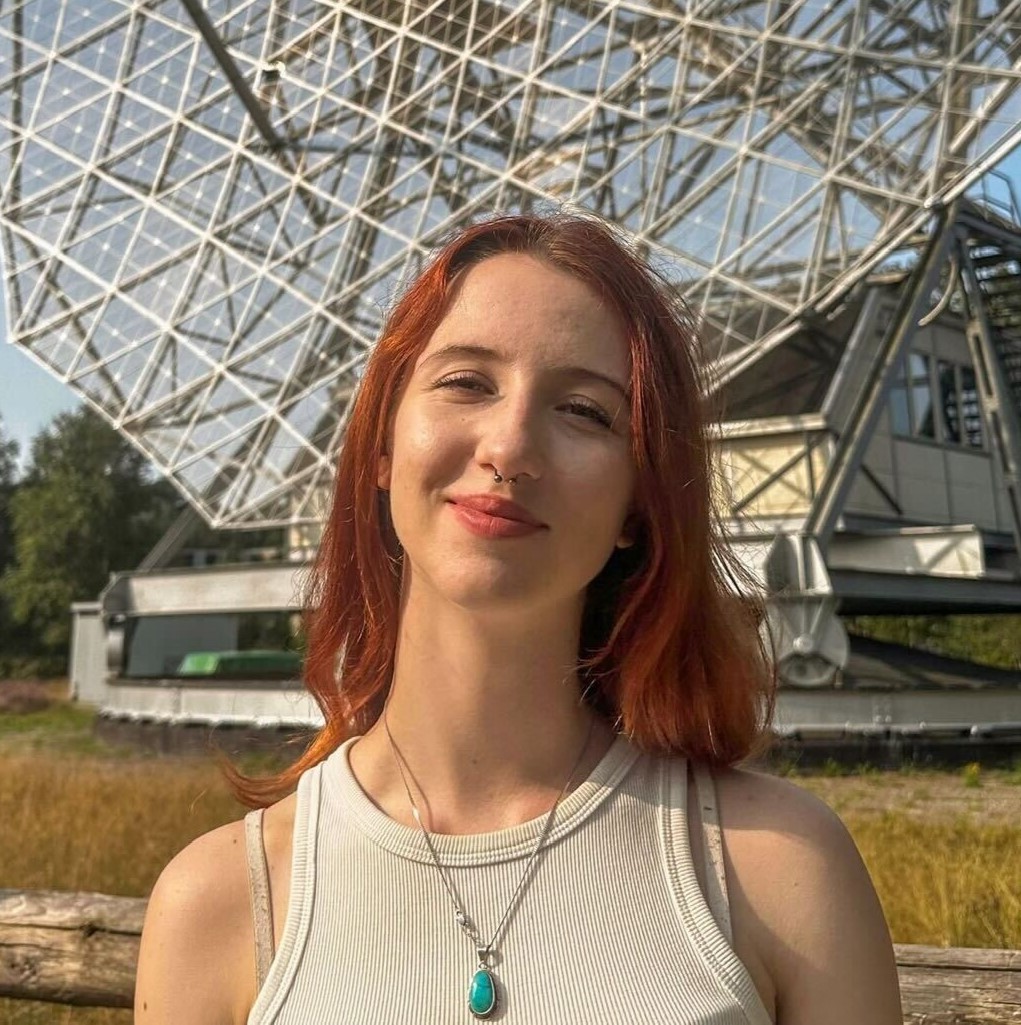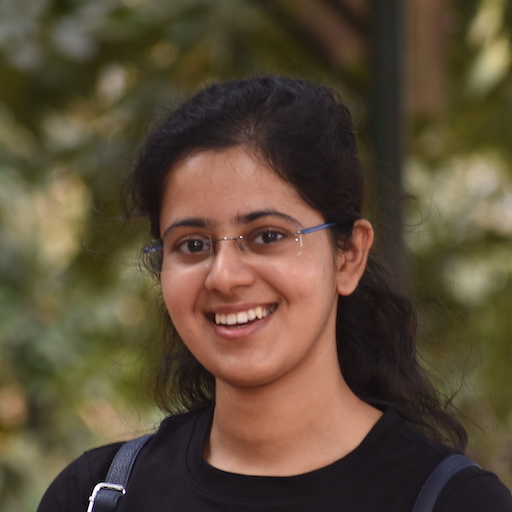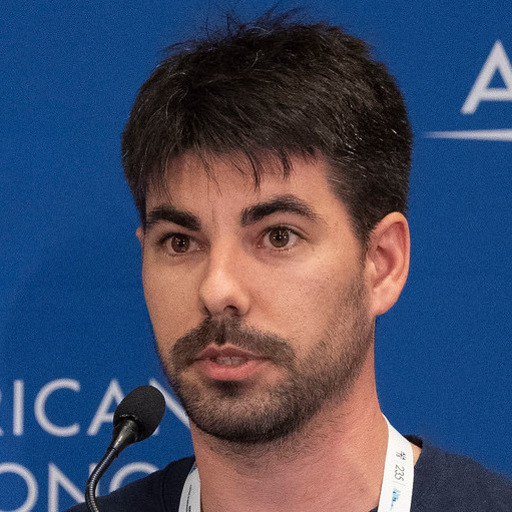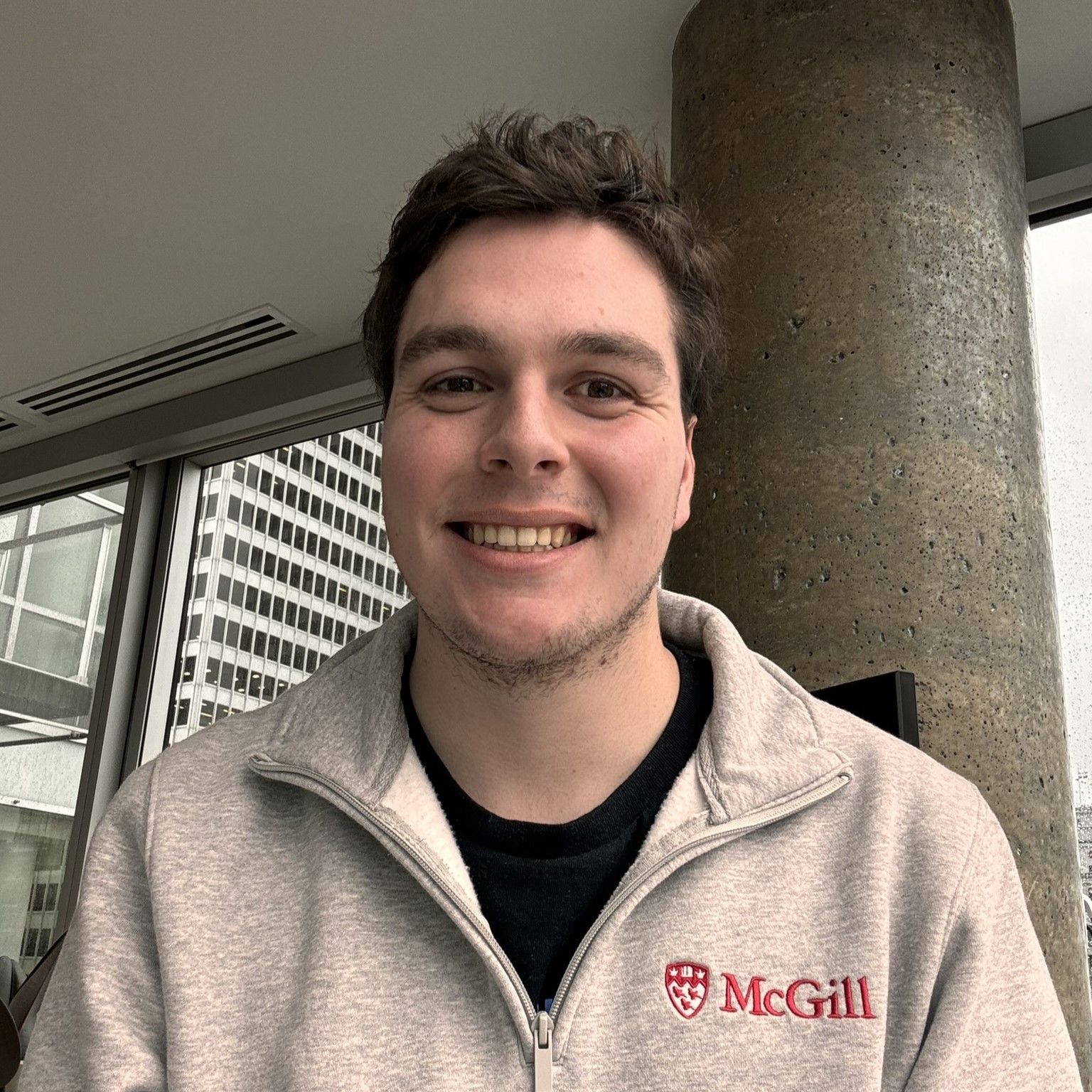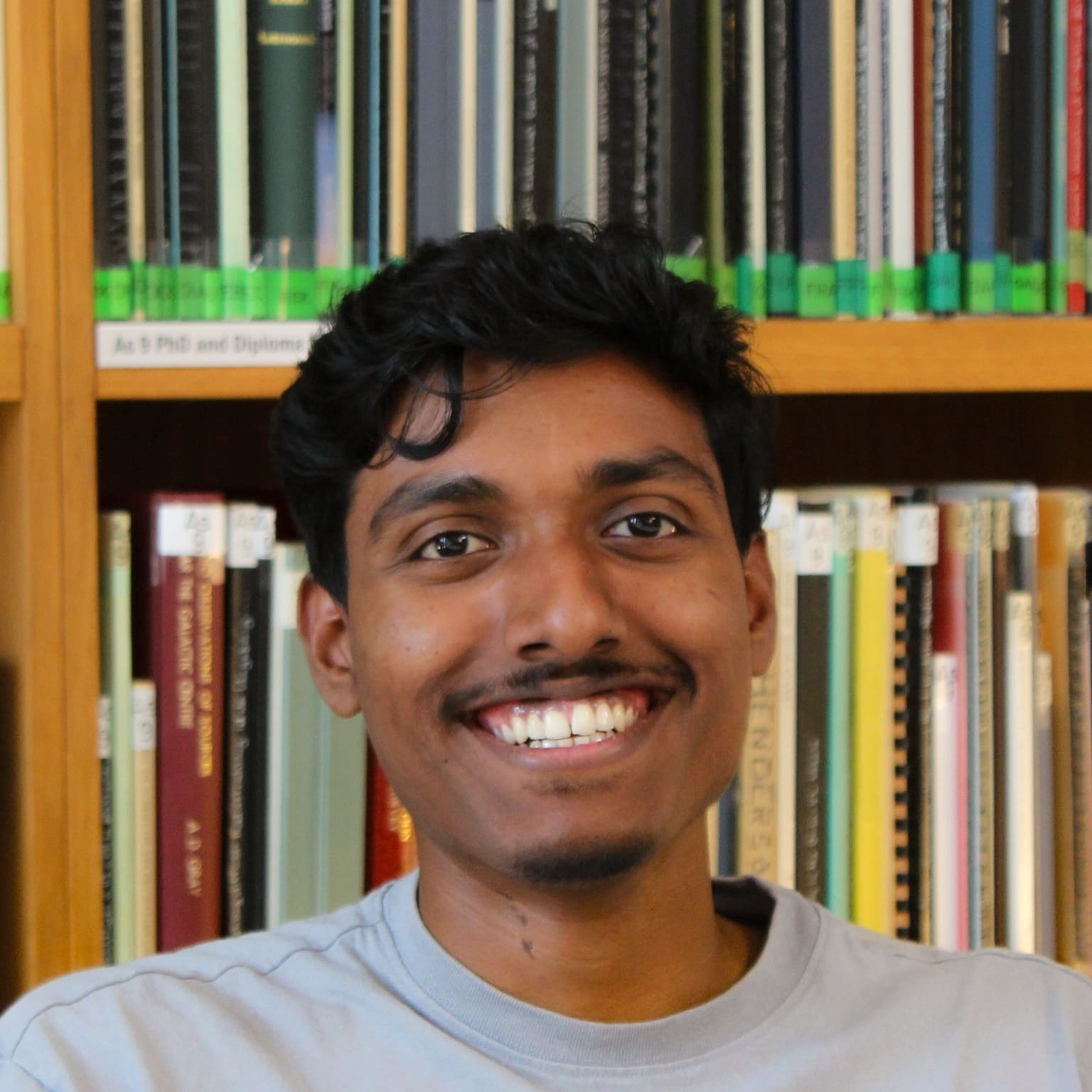-

AstroFlash
Unraveling the nature of fast radio transients and using them as precise astrophysical tools
AstroFlash
AstroFlash is a research group exploring fast radio transient phase space and using fast radio transients as precise astrophysical tools. Members of the group are affiliated with McGill University, the University of Amsterdam, ASTRON, Netherlands Institute for Radio Astronomy and JIVE, Joint Institute for VLBI ERIC. We are experts on time- and image-domain analyses of radio observations from single-dish telescopes and interferometers, over a wide range of frequencies, at very high cadence and over very long baselines. We most often use data collected using the European VLBI Network and the LOFAR, Green Bank, CHIME/FRB and CHORD telescopes.
Support
The AstroFlash research group at McGill University, University of Amsterdam, ASTRON, and JIVE are supported by: a Canada Excellence Research Chair in Transient Astrophysics (CERC-2022-00009); the European Research Council (ERC) under the European Union’s Horizon 2020 research and innovation programme ('EuroFlash'; Grant agreement No. 101098079); and an NWO-Vici grant ('AstroFlash'; VI.C.192.045) awarded to Jason Hessels and an NWO-Veni grant (VI.Veni.222.295) awarded to Ziggy Pleunis.
Science
In AstroFlash we explore the fast radio transient phase space and find coherent radio transients that are faster, slower or lower frequency than what was previously known. One focus is the precise localization of repeating fast radio burst (FRB) sources for a deeper understanding of what produces these enigmatic astronomical signals, that were discovered in 2007. Though the origin of FRBs remains mysterious, we have demonstrated that these millisecond-duration flashes of radio light originate from distant galaxies. Whatever is producing the FRBs is thus exceptionally energetic and unlike anything we have studied before. The FRBs therefore hold great scientific promise to give us new insights into the extremes of the Universe. They are also a unique tool to probe the otherwise invisible material within and between galaxies.
Outcomes
We have published our results in leading journals, as you can see in the results section. Additionally, AstroFlash contributes open-source software to the scientific community that is publicly available through our GitHub page.
Join us!
Prospective postdoctoral researchers: We are happy to support applications for Marie Skłodowska-Curie Actions and NWO Veni postdoctoral fellowships to be hosted in the AstroFlash research group at the University of Amsterdam or at ASTRON. To join us at McGill University, consider applying for a TSI postdoctoral fellowship or a Banting, NSERC or FRQNT fellowship, if you are eligible. Note that in all cases it is important to reach out to us and start preparing your applications at least a few months in advance of the deadlines. We also occassionally have postdoctoral research positions open.
Prospective MSc/PhD students: The University of Amsterdam offers a two-year MSc Physics and Astronomy with one year of full-time MSc thesis research. We typically supervise multiple MSc projects each year. For PhD positions at the University of Amsterdam, see the UvA/API PhD recruitment process. To join us as a graduate student at McGill University you have to apply to the McGill physics graduate program (you can do a MSc, combined MSc and PhD or only a PhD if you come in with a MSc degree).
Bachelor/undergraduate students: You can write your thesis in our group; for UvA/API BSc students see bachelor projects and for McGill University undergraduates, contact Jason Hessels to discuss possibilities and register for PHYS 459.
Summer research opportunities: Consider applying to the UvA/API's ASPIRE program or ASTRON/JIVE's Summer Research Programme for funded summer research positions. For opportunities at McGill University see "Undergraduate Research" under Undergraduate studies.
Fast Radio Bursts
Unraveling the nature of the fastest and most luminous radio flashes in the Universe
Radio Observations
Using single-dish and (very long baseline) interferometry radio observations
Pinpointing
High-resolution imaging and localization of fast radio transients
Narrowest bursts
High-time resolution to unveil nanosecond and microsecond scales
Open-source software
Developing novel algorithms for the study of fast radio transients
Unknown emission physics
Extreme environments create coherent radio emission
We are leading the precise localizations of repeating fast radio burst sources
Meet our Team
© 2024 AstroFlash

